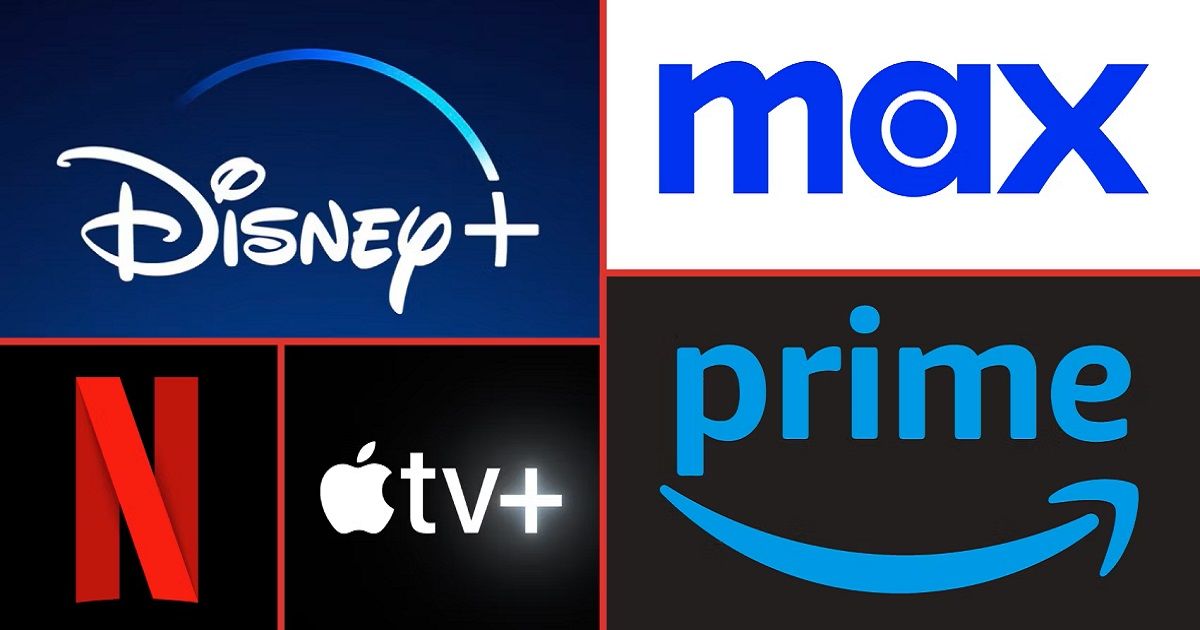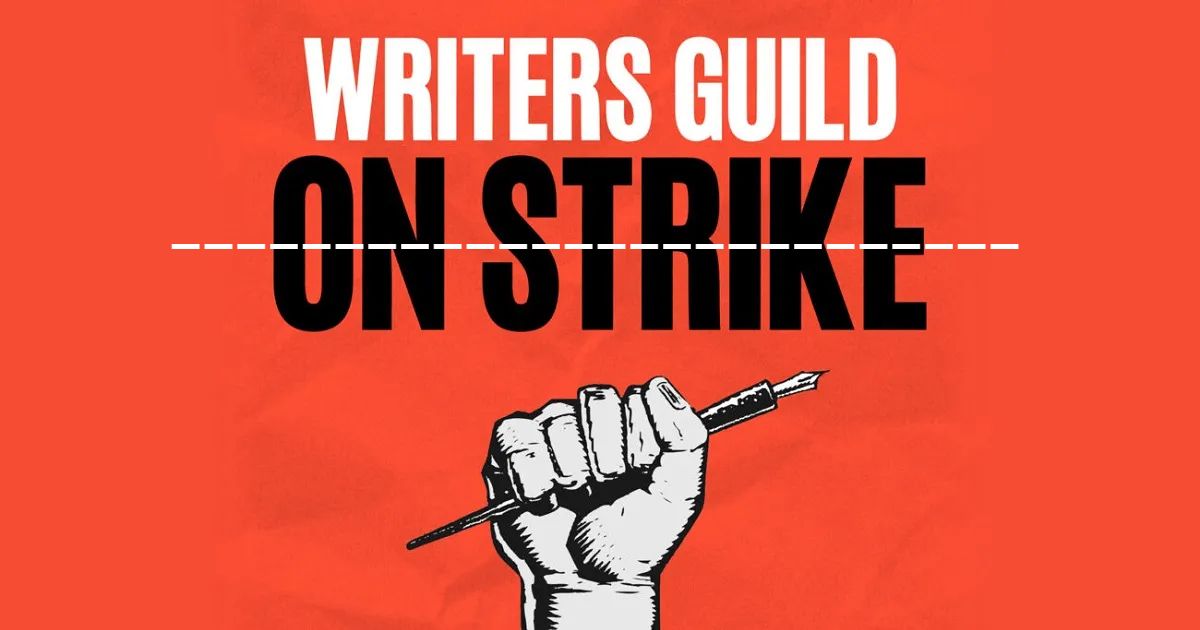Have you ever wondered why there are so many remakes, sequels, reboots, and cinematic universes? Have you stopped to think about why you can only watch that one new movie on a streaming service and not in your local theater? Are you curious as to why your favorite TV show is nowhere to be found online? Industry professionals will point out and label this as “the sign of the times,” but are they merely naming symptoms without diagnosing the illness?
In 2019, the United States Department of Justice filed to terminate the Paramount Decrees and went through with the termination in August 2020. Side-stepping this legislative safeguard against anticompetitive business practices in America’s film industry was largely a result of America’s biggest political mishap. According to Brandon Katz from the Observer, “the termination of the Paramount Consent Decrees is the result of a consistent emphasis on deregulation across various sectors of business,” starting with the DOJ’s Antitrust Division closing four of its offices in 2013 and the move to deregulate en masse during the Trump administration.
Over seven decades ago, the Paramount Decree was put into place to keep studios at bay and to foster a more competitive film market. As most of Hollywood’s studios were heavily invested in vertical integration, all of the industry’s power was concentrated in the hands of the five biggest studios and the three mid-majors. Along with controlling most of the market share, these companies would also enforce predatory business practices that made it even more difficult for independent studios to stay competitive. The effects of the Paramount Decree resulted in the dissolution of the studio system, effectively ending what film historians recall as the Golden Age of American Cinema.
Now, seventy years later, the rules have changed, and the names are different, but the story remains relatively the same: a few vertically integrated companies looking to control the entire entertainment industry. Here is how the overturning of the Paramount Decree ruined Hollywood and brought us to where we are today.
The Netflix Conundrum
With Netflix dominating so much of the industry, the DOJ moved to terminate the Paramount Decrees as a way to even out the playing field. This would essentially allow studios to exhibit their own films and TV shows on their own personally labeled streaming service, just like Netflix is doing now. Since the new court ruling, we’ve seen massive growth in the streaming service sector, with Disney+, Max, Paramount+, Peacock, and Discovery+ hitting the market to various levels of success. But this failed to make the industry more competitive.
Despite there being more streaming services to compete with, Netflix’s unique business model as a streamlined production company and streaming exhibitor continues to upend the industry at both ends. It has encouraged Disney and others to vertically integrate and withdraw their products from competing streamers, inspired Warner Bros. and Discovery to merge their streaming services into a singular Max, and strong-armed theater chains to accept unreasonable release schedules for popular titles. This has opened dialogue questioning whether Netflix and other streaming giants are moving to monopolize the entertainment industry.
Three years after the decision, we are right back to where we were in the 1940s. As Chris Yogerst from The Hollywood Reporter writes, “Big Streamers take advantage of a similar [vertically integrated] pipeline, controlling product from green light to living room flat screens.” The biggest misstep in the DOJ overturning the Paramount Decrees was failing to reconsider streaming as part of the exhibition sector.
Especially after the pandemic, streaming has overtaken movie theaters and television networks as the premiere exhibitor of entertainment and should be equated as such. If studios owning movie theaters in the 40s were detrimental to the market, then studios owning streaming services in the 2020s will prove to be equally as fatal.
The Side Effects
Back in 2019, as a reaction to the termination of the Paramount Decrees, Peter Labuza from Polygon predicted, “labor concerns over fair employment practices and compensation could result in a multi-guild strike throughout Hollywood.” Cut to 2023. Two major guilds have brought Hollywood to a staggering halt, and VFX workers are moving to unionize as well (Marvel’s being the first).
The Writer’s Guild of America – West recently released an extensive report summarizing how the current situation “laid the groundwork for a media landscape where three companies—Disney, Amazon, and Netflix—are poised to be the new gatekeepers of media.” The report outlines each company’s path to monopolization, its patterns of acquisitions, its exploitation of employees, and its predatory business practices.
But these are just the news making the headlines. The monopolization of the entertainment industry ultimately hinders audiences the most. It stifles creative freedom at every stage of production and pigeonholes creators to only work with the likes of Disney or Netflix, either because the IP is owned by one of them or because they can outbid competitors for licensing rights. And this limits audiences to the illusion of choice, a facade of selection masking a pit of mediocrity.
With how things have turned out, studios are no longer incentivized to create high-quality films and TV shows. If a movie flops at the box office or a show slips in ratings, a studio can banish it to their vast streaming catalog (or withhold it altogether). This has led to less risk-taking in both film and television. Most shows are predicated on reboots or spin-offs of past hits, and their success is mostly determined by algorithms instead of box office numbers or Nielsen ratings.
Terminating the Paramount Decrees didn’t alleviate the Netflix problem; it just exaggerated the side effects tenfold. As the WGA suggests, the only remaining solution is to investigate these media empires to see what’s truly hiding behind the curtain.

